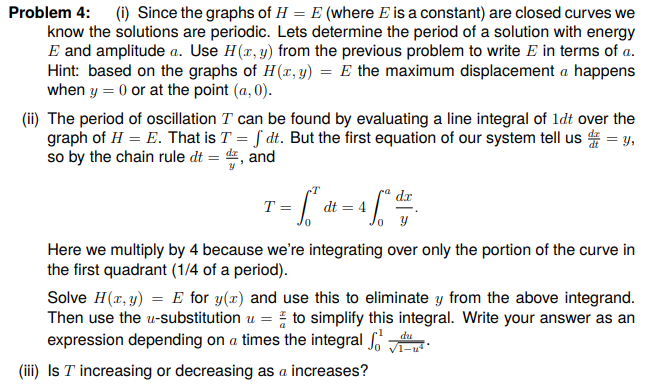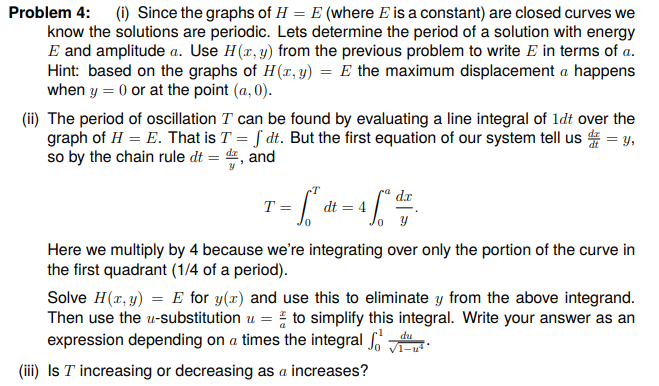Answered step by step
Verified Expert Solution
Question
1 Approved Answer
Problem 3: (i) Verify that the vector field F = (y, -:13) is Hamiltonian and find a Hamiltonian function for the field. (ii) Use the




Step by Step Solution
There are 3 Steps involved in it
Step: 1

Get Instant Access to Expert-Tailored Solutions
See step-by-step solutions with expert insights and AI powered tools for academic success
Step: 2

Step: 3

Ace Your Homework with AI
Get the answers you need in no time with our AI-driven, step-by-step assistance
Get Started


